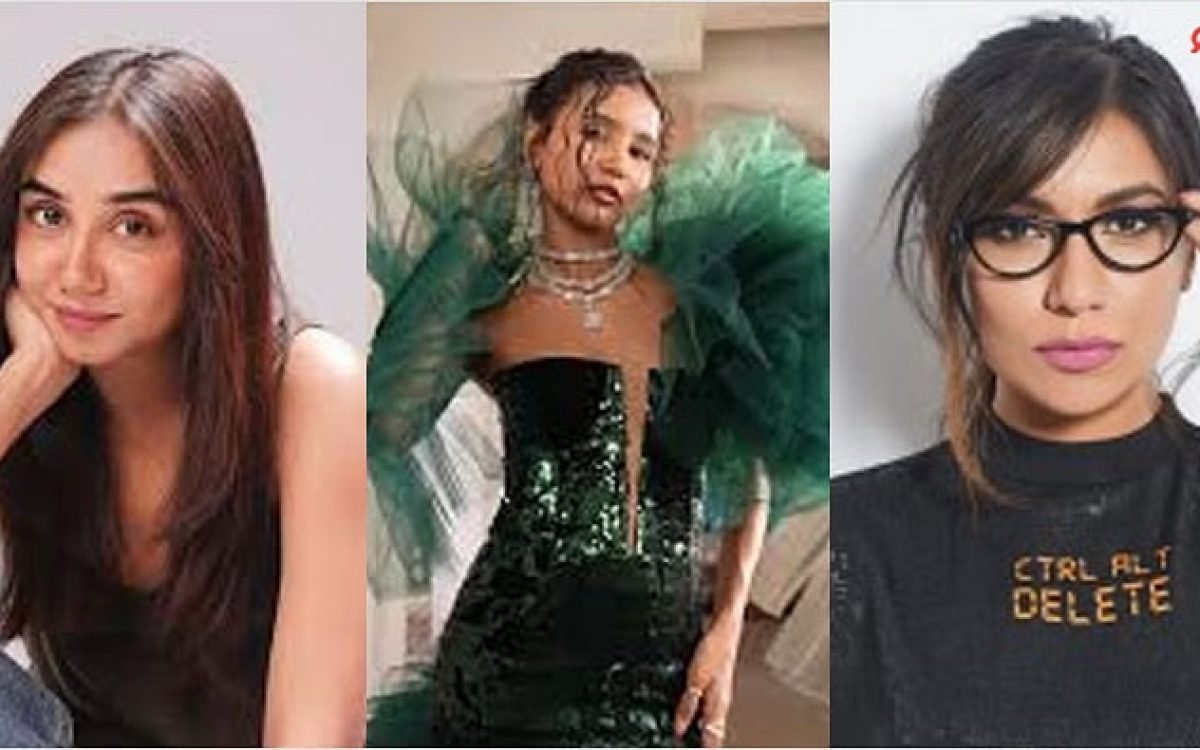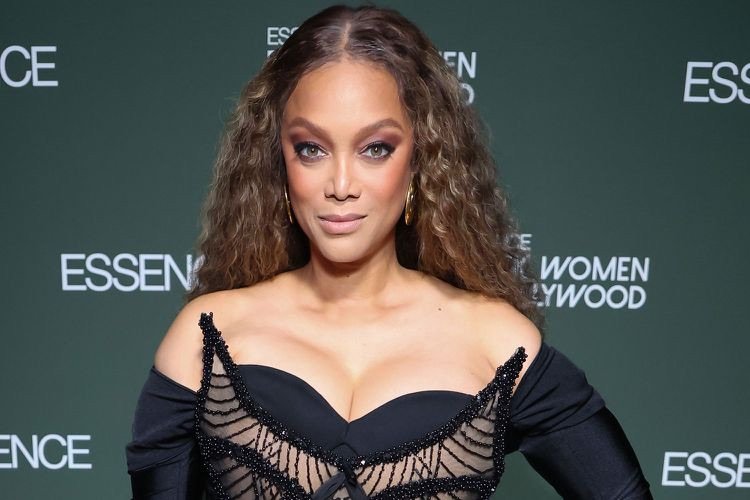Breaking the Gatekeepers: A New Era for Women
For centuries, women have been sidelined in mainstream industries—whether in media, entertainment, or business. Often boxed into stereotypes or denied equal opportunities, their stories remained largely unheard, their talents overlooked. But the arrival of the digital age has changed everything. The internet has democratized access, stripped down traditional hierarchies, and handed the power of storytelling directly to creators—especially women. No longer do they need to wait for approval from studios, publishing houses, or production agencies. Today, a smartphone and a bold voice are enough to shift culture.
Lilly Singh: From Bedroom to Global Stage
Lilly Singh, known online as “Superwoman,” began her YouTube journey in 2010. Born to Indian immigrant parents in Canada, she battled depression and identity struggles during her early 20s. Turning to YouTube was initially a therapeutic outlet, but it evolved into a massive career. Through comedy sketches, cultural commentary, and self-deprecating humor, she built an empire.
Her success didn’t just prove that women can dominate digital media; it showed that South Asian women—often absent from global entertainment—could become household names. Singh’s authenticity resonated globally. She later became the first woman of Indian descent to host a late-night show on a major American network. Her journey reflects how self-created platforms can birth careers more powerful than those built through conventional routes.
Malini Agarwal: The Pioneer of India’s Pop Culture Revolution
Before Instagram Reels and influencer culture became the norm in India, Malini Agarwal was already carving her niche. As the founder of MissMalini.com, she redefined celebrity journalism in India by blending entertainment news with digital accessibility.
Malini didn’t just create content—she built an ecosystem. Her brand became a bridge between Bollywood and millennials, a platform where women could explore fashion, beauty, relationships, and ambition. Importantly, she was one of the first to highlight and amplify other women creators, giving them the exposure they needed to grow.
Her entrepreneurial journey stands as a testament to how digital spaces can become empires when women take control of the narrative.
Nancy Tyagi: Style, Storytelling, and the Power of Reinvention
Nancy Tyagi, a rising fashion content creator from a small town in India, represents a new generation of digital women leaders. Unlike traditional influencers backed by fashion houses or production teams, Nancy designs and stitches her own garments. She records in her room, often with modest equipment, yet her videos go viral.
What makes her different is not just her skill—it’s her relatability. Nancy shows the raw behind-the-scenes, the hours of sewing, the failures, the doubts. She connects with young women across India who dream of entering the fashion world but lack the resources. Through her journey, she breaks the myth that one needs privilege or connections to make it big.
She redefines luxury, not by price tags, but by effort and creativity—something that deeply resonates with women trying to build a name for themselves from scratch.
Why Digital Spaces Empower Women Creators
The rise of these women is not accidental—it’s structural. The digital landscape provides three powerful tools for female creators:
1. Accessibility: With minimal investment, anyone can start a blog, channel, or Instagram page. No need for studio spaces or media backing. This levels the playing field for women from rural areas, lower socio-economic backgrounds, or marginalized communities.
2. Community Building: Digital platforms allow creators to find and grow their own audience. They don’t need to appeal to everyone—just to their niche. Women creators often use this to build supportive, safe, and authentic communities around shared experiences.
3. Ownership: Unlike traditional jobs where creative work becomes the company’s property, digital content is creator-owned. This gives women economic and creative control over their brand, voice, and message.
The Cultural Ripple Effect
These digital creators are not just building careers—they’re shifting the cultural landscape. They’re pushing brands to be more inclusive, holding platforms accountable, and inspiring millions of women to dream bigger.
They’ve normalized conversations around mental health, body image, sexuality, ambition, and identity—topics once deemed taboo. They’ve also made it cool to be real, to show the unfiltered side of life, and to celebrate imperfections.
Each video, blog, or reel becomes a political act—a declaration that women’s voices matter, and they won’t wait for permission to be heard.
The Road Ahead: Challenges and Promise
While digital platforms have opened doors, challenges remain. Online harassment, algorithmic bias, and gender pay gaps continue to affect women creators disproportionately. Many still struggle to get brand deals or monetization at the same level as their male counterparts.
However, the trajectory is promising. Platforms are beginning to recognize and reward diverse voices. Brands are partnering with micro-influencers for authenticity. And women are forming digital collectives to support one another through mentorship, shout-outs, and collaborations.
What we are witnessing is not just a trend—it’s a movement. Women are not just participating in the digital age; they are reshaping it, on their terms.
The rise of female digital creators like Lilly Singh, Malini Agarwal, and Nancy Tyagi isn’t just about content. It’s about reclaiming space, rewriting narratives, and proving that power doesn’t always come from the top—it can rise from your bedroom, your phone, your voice. And once it rises, it inspires others to rise too.






